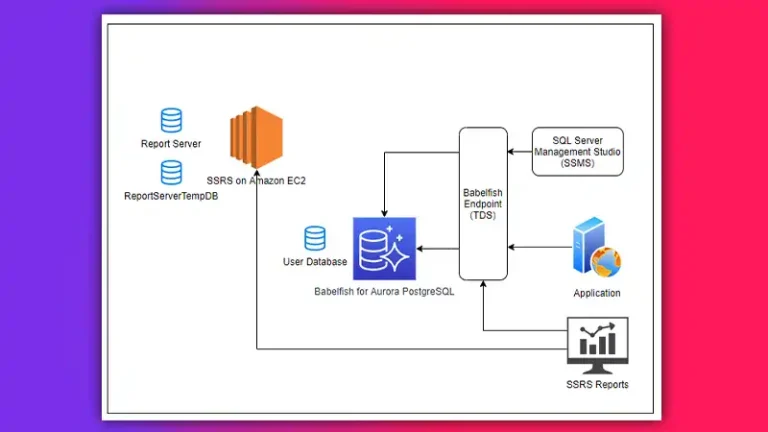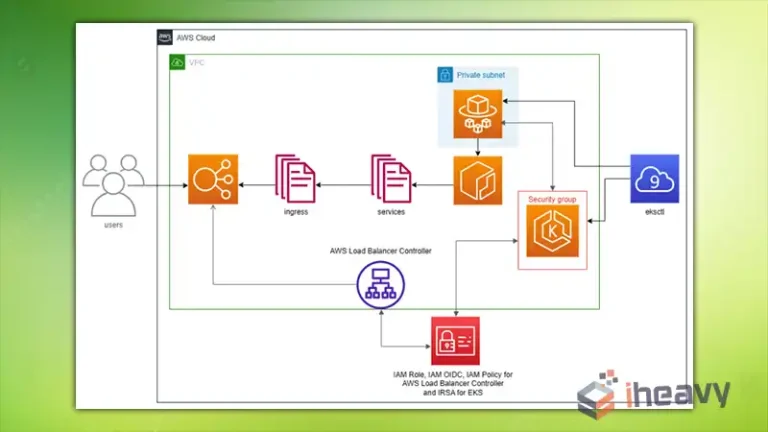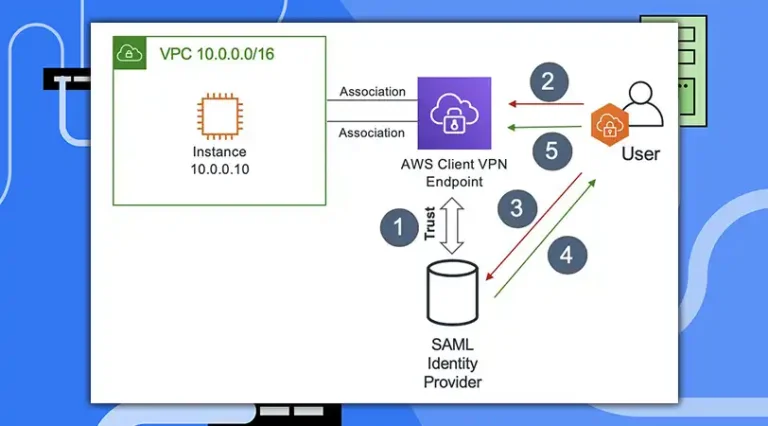What Is Infrastructure Security In Cloud Computing | Is It Essential?
Cloud infrastructure security involves protecting both physical and virtual components, ensuring data confidentiality, integrity, and availability. Key aspects include physical security, network encryption, data protection, compliance with regulations, incident response, resilience, patch management, and vetting third-party providers for adherence to security standards.
The ultimate target of infrastructure security is to establish a secure cloud environment, addressing vulnerabilities comprehensively.

Defining Infrastructure Security
Infrastructure security in cloud computing refers to the protective measures and protocols implemented to safeguard the underlying infrastructure that supports cloud services. It involves securing the physical and virtual components, including servers, networks, storage, and data centers, to ensure the confidentiality, integrity, and availability of data and resources.
Key Aspects of Infrastructure Security in Cloud Computing
The goal of infrastructure security is to mitigate cyber threats, prevent unauthorized access, and maintain a robust security posture within the cloud environment. Here are the main points of it.
1. Physical Security
Protecting the physical infrastructure of data centers through measures like restricted access, surveillance, and security protocols to prevent unauthorized entry and tampering.
2. Network Security
Employing firewalls, encryption, and intrusion detection systems to secure data transmission and prevent unauthorized access to networks and cloud resources.
3. Data Security
Using encryption, access controls, and data loss prevention techniques to secure sensitive information stored in databases and servers from unauthorized access or breaches.
4. Identity and Access Management (IAM)
Managing user access by verifying identities, controlling permissions, and implementing multifactor authentication to prevent unauthorized entry into systems and resources.
5. Security Compliance
Ensuring adherence to industry regulations and standards by implementing security measures that protect data privacy and security, such as GDPR or HIPAA.
6. Incident Response and Monitoring
Setting up systems to monitor threats in real time and creating response plans to handle security incidents promptly and effectively.
7. Resilience and Redundancy
Establishing backup systems, disaster recovery plans, and redundant infrastructure to maintain operations during security breaches or system failures.
8. Patch Management
Regularly updating and patching systems and software to fix vulnerabilities and ensure robust security measures against potential threats.
9. Security Training and Awareness
Educating employees and stakeholders about security risks and best practices to prevent breaches caused by human error or lack of awareness.
10. Vendor and Third-Party Security
Assessing and ensuring that third-party providers or vendors meet security standards to prevent vulnerabilities arising from their services or integrations.
Critical Significance Of Infrastructure Security In Cloud Computing
Infrastructure security in cloud computing is of paramount importance due to several key reasons:
- Data Protection
Safeguarding sensitive data from unauthorized access, breaches, or theft is crucial. Infrastructure security ensures data confidentiality, integrity, and availability.
- Trust and Compliance
Establishing robust security measures fosters trust with users, clients, and regulatory bodies. Compliance with industry standards and regulations is critical for maintaining integrity and legality.
- Business Continuity
Ensuring uninterrupted services and operations is vital. Infrastructure security helps prevent disruptions caused by cyberattacks, system failures, or other security incidents.
- Risk Mitigation
Addressing vulnerabilities and potential risks minimizes the likelihood of security breaches, reducing the impact of threats and their associated costs.
- Reputation Protection
Maintaining a secure infrastructure preserves a company’s reputation and customer trust. Security breaches can tarnish reputations and erode consumer confidence.
- Cost Savings
Proactive security measures mitigate the financial implications of data breaches, legal repercussions, and system downtime, ultimately saving costs.
- Innovation Enablement
A secure infrastructure fosters an environment conducive to innovation by instilling confidence in adopting new technologies and exploring novel solutions without compromising security.
- Global Accessibility
With cloud computing enabling global accessibility, robust infrastructure security ensures that resources are accessible securely from anywhere in the world.
In summary, infrastructure security is fundamental in cloud computing as it not only protects data and systems but also upholds trust, compliance, and the overall resilience of an organization’s operations.
Frequently Asked Question
1. How does cloud infrastructure security differ from traditional security?
Ans: Cloud security involves protecting virtualized resources across locations, often in shared responsibility models, while traditional security focuses on safeguarding local systems.
2. What are common challenges in cloud infrastructure security?
Ans: Challenges include managing compliance, scalable access controls, multi-cloud complexities, and ensuring the security practices of third-party providers.
3. How can businesses balance security and agility in the cloud?
Ans: Employ automated security, security-as-code practices, and scalable identity management to maintain both robust security and flexibility for rapid scalability in cloud environments.
Conclusion
Keeping data safe in cloud computing is super important. It’s about protecting everything—like servers and networks—to stop bad stuff from happening. This security helps keep information safe, follow rules, and make sure things keep running smoothly. Cloud security is different from old-school ways, but it’s all about making sure our stuff stays safe wherever we are.






